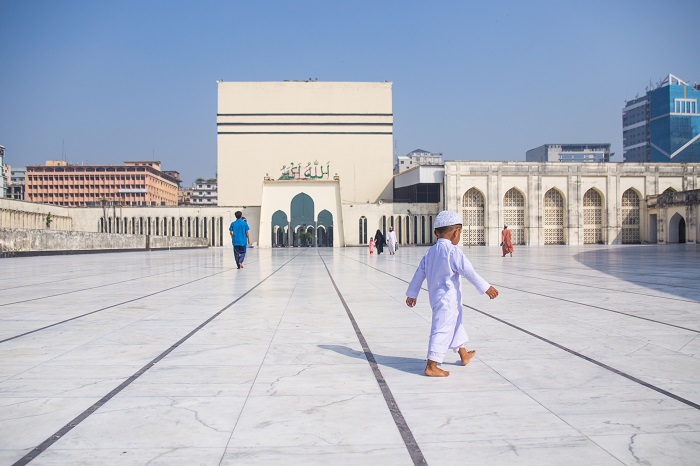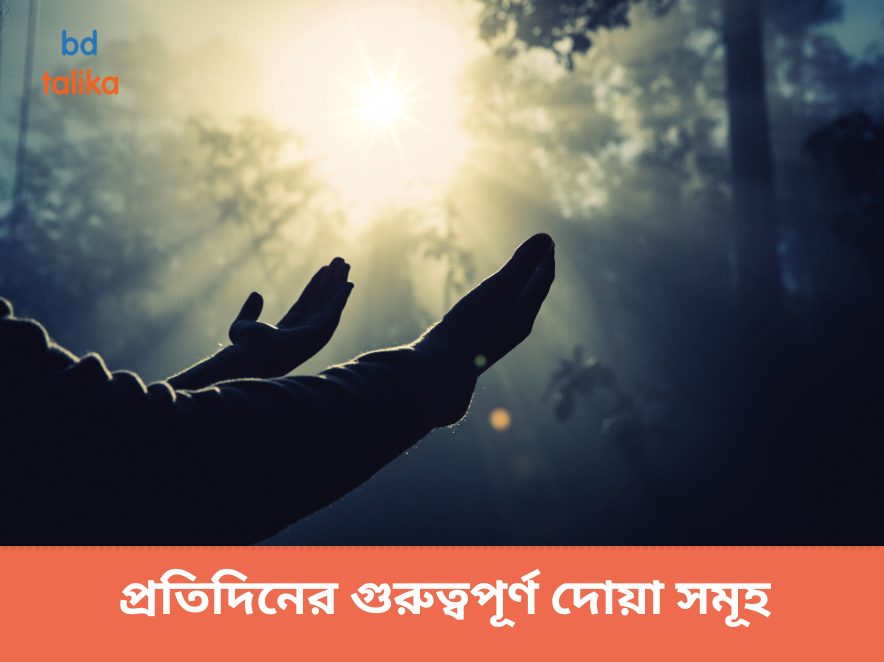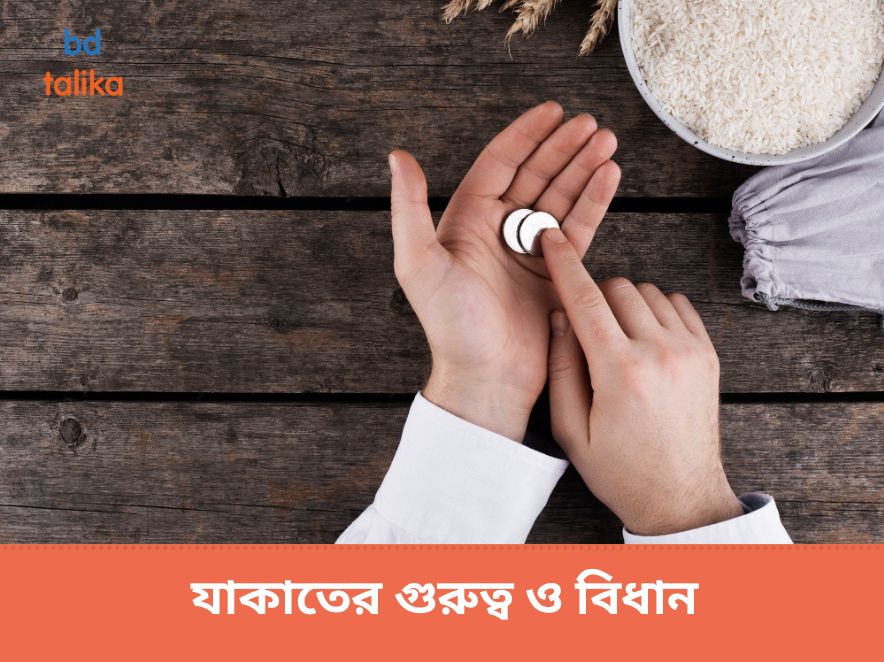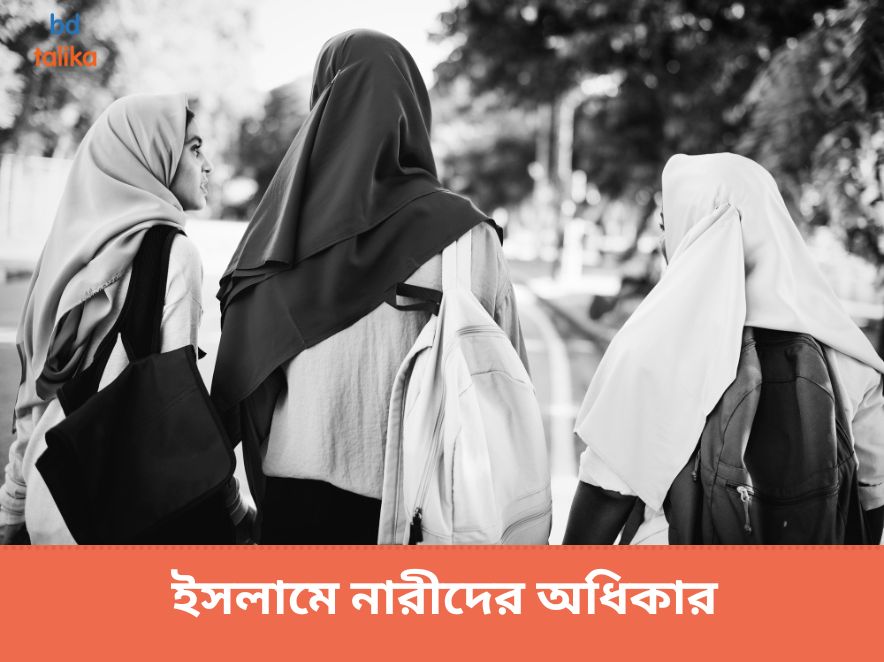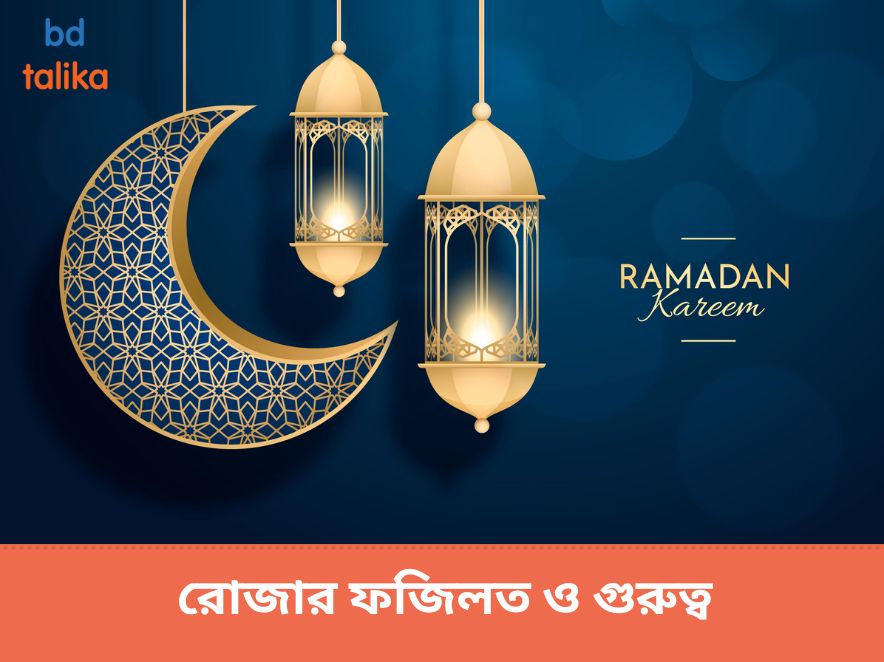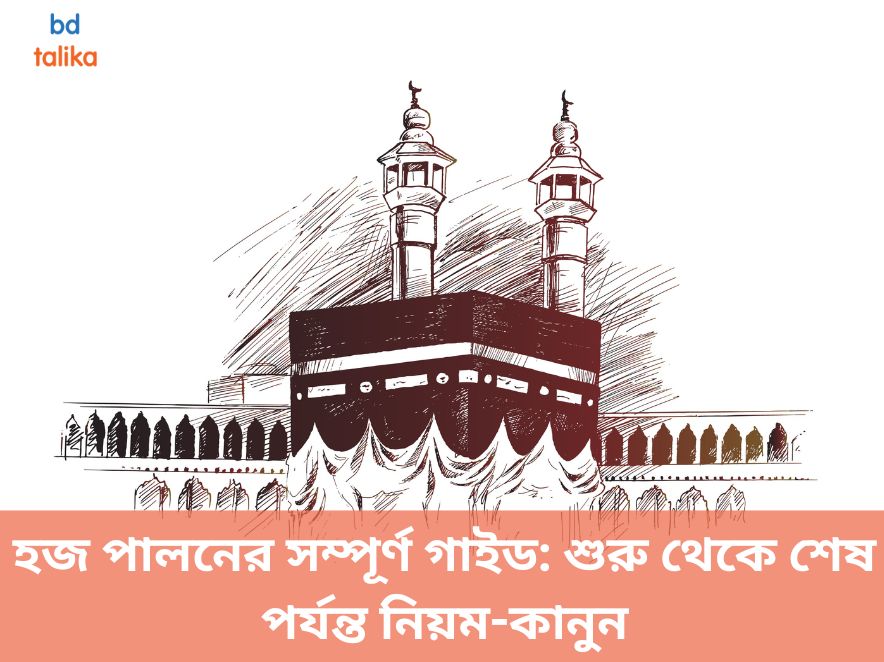Introduction
Baitul Mukarram National Mosque, located in the heart of Dhaka, Bangladesh, stands as a symbol of the nation’s Islamic heritage and pride.
Since its establishment in 1968, it has served as a significant religious and cultural center, attracting worshippers and visitors alike with its monumental presence and architectural grandeur.
History of Baitul Mukarram Mosque
Baitul Mukarram National Mosque, designed by architect Abdulhusein M. Thariani and initiated by Maulana Abdul Hamid Khan Bhashani, was built to accommodate the growing Muslim population of Dhaka after Bangladesh’s independence.
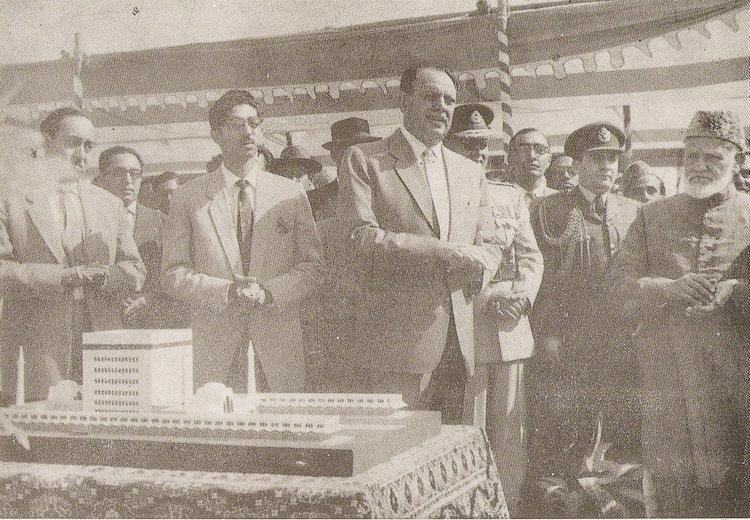
The mosque’s design, resembling the Holy Kaaba in Mecca, features an eight-story cubic structure adorned with white marble, Islamic calligraphy, and intricate geometric patterns, omitting the traditional dome.
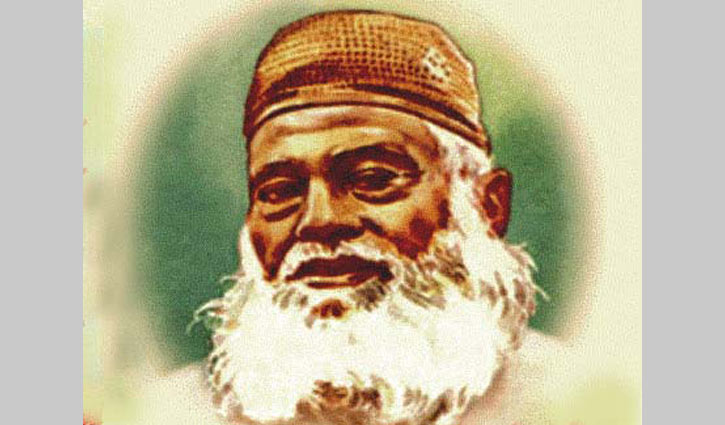
Maulana Abdul Hamid Khan Bhashani (7 April 1973 – 15 August 1975)
Architecture
The architectural design of Baitul Mukarram is unique and incorporates elements of modern architecture while staying true to Islamic traditions.
The mosque’s most distinctive feature is its resemblance to the Holy Kaaba in Mecca, with a large cubic structure.
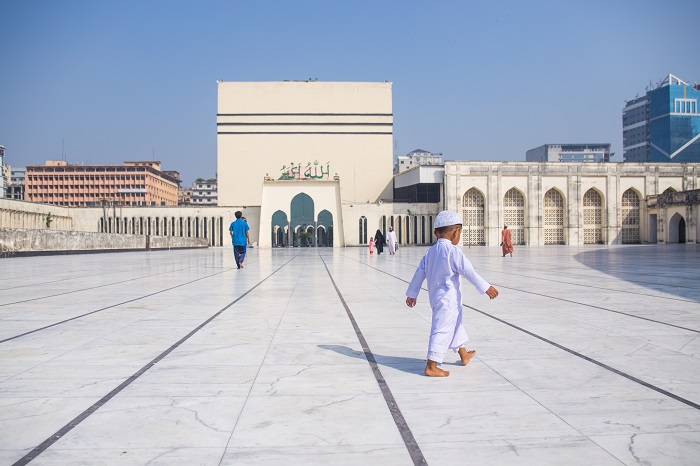
It has an eight-story structure and can accommodate around 30,000 worshippers, making it one of the largest mosques in the world.
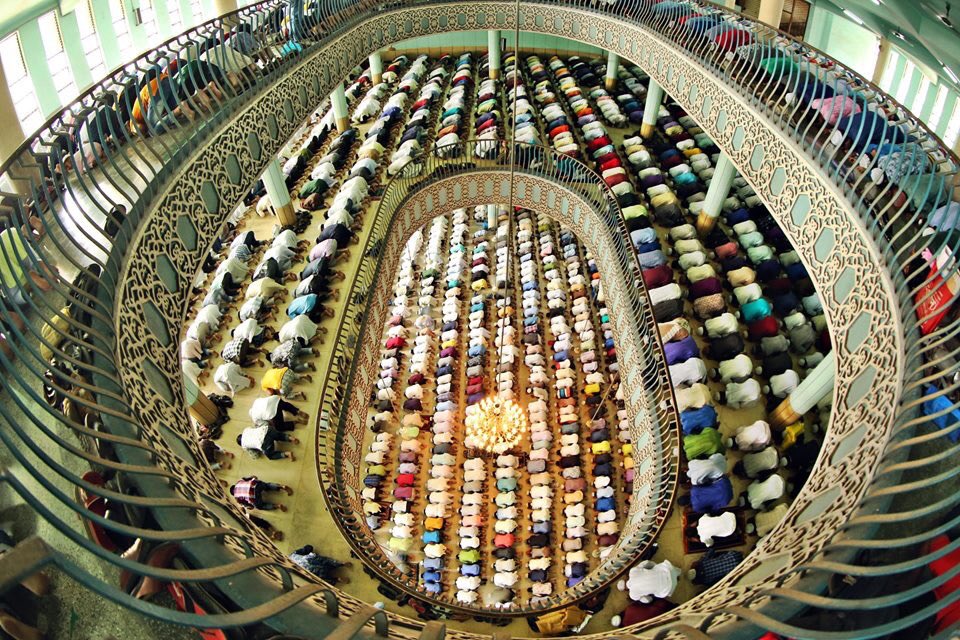
The mosque features white marble, wide staircases, and a beautiful combination of Islamic geometric patterns and calligraphy.
The absence of a dome is a notable aspect, setting it apart from many traditional mosque designs.
Religious and Cultural Significance
As Bangladesh’s national mosque, Baitul Mukarram plays a central role in religious life, hosting major Islamic celebrations such as Eid prayers and providing a venue for religious education and community activities.
Location and Accessibility
Baitul Mukarram is located in the heart of Dhaka, the capital city of Bangladesh. The mosque’s central location makes it highly accessible from all parts of the city.
It is situated near the bustling commercial area of Motijheel, making it convenient for both locals and visitors.
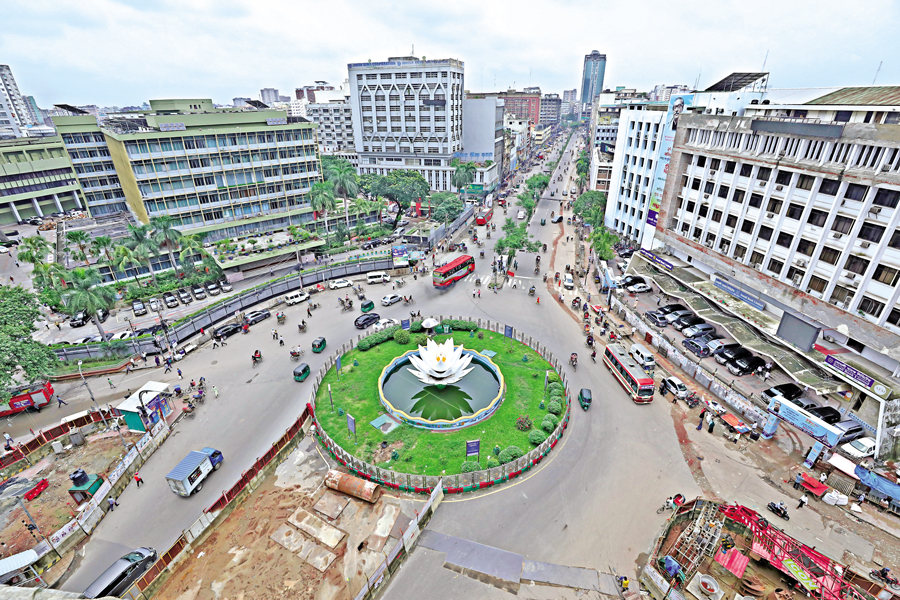
The mosque is easily reachable via various modes of public transportation, including buses, rickshaws, and taxis. Its prominent location ensures that it is a well-visited and significant landmark in Dhaka.
Interior and Exterior Features
The interior of Baitul Mukarram is designed to be both functional and aesthetically pleasing. The large prayer hall is spacious and can accommodate a significant number of worshippers. The interior is adorned with beautiful Islamic calligraphy and geometric patterns, enhancing the spiritual ambiance.
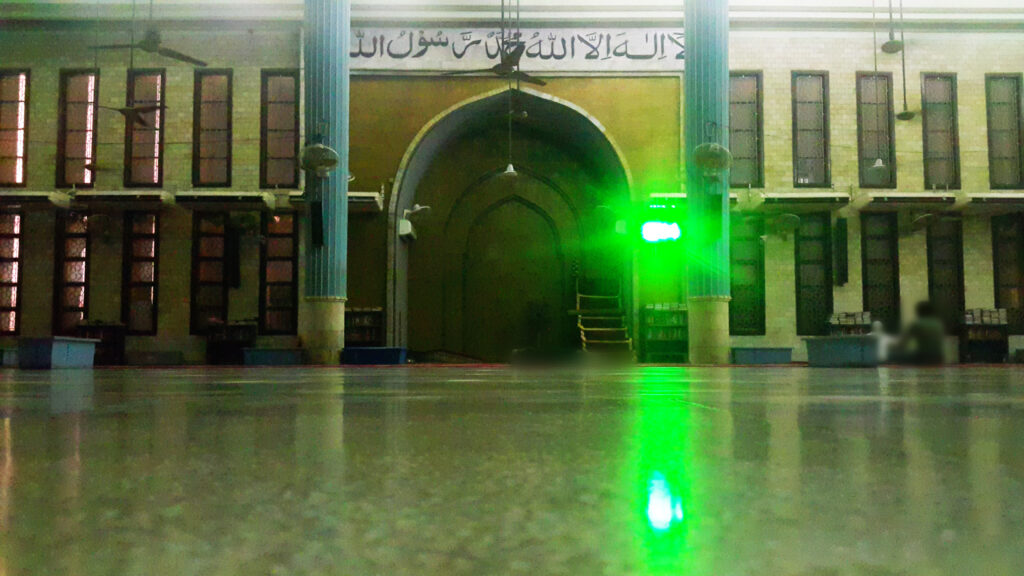
The mosque’s exterior features a blend of modern and traditional Islamic architectural elements, including large arches and intricate designs.
The expansive courtyard and surrounding gardens provide a serene environment for prayer and reflection.
Facilities and Amenities
Baitul Mukarram is equipped with numerous facilities to cater to the needs of worshippers and visitors. It has separate prayer areas for men and women, ablution facilities, and restrooms.
The mosque complex also includes a library with a vast collection of Islamic literature, a conference hall for religious and community events, and a religious school for children.
Additionally, the mosque provides charity services and plays a role in various social welfare activities.
Events at Baitul Mukarram National Mosque
Baitul Mukarram National Mosque hosts several significant religious events and activities throughout the year. Here are some key events:
- Eid-ul-Fitr Prayers: Celebrated at the end of Ramadan, thousands of worshippers gather for the special Eid prayers.
- Eid-ul-Adha Prayers: This event marks the end of Hajj and commemorates the willingness of Prophet Ibrahim to sacrifice his son. It includes special prayers and is one of the largest gatherings at the mosque.
- Friday Prayers (Jumu’ah): Every Friday, a large congregation assembles for the weekly Jumu’ah prayers, which are considered highly significant in Islam.
- Laylat al-Qadr (Night of Decree) Observances: Special prayers and activities are held during the last ten nights of Ramadan, particularly on Laylat al-Qadr.
- Taraweeh Prayers during Ramadan: Every night during the holy month of Ramadan, Taraweeh prayers are performed, attracting many worshippers.
- Islamic Conferences and Seminars: The mosque often hosts Islamic conferences and seminars, focusing on religious education and community issues.
- Quran Recitation Competitions: These competitions are held to encourage the recitation and memorization of the Quran among participants of all ages.
- Mawlid al-Nabi Celebrations: The birth of the Prophet Muhammad is celebrated with special prayers and sermons.
- Islamic Education Classes: Regular classes and lectures are organized for people of all ages to learn about Islamic teachings and principles.
- Charitable Activities and Community Services: The mosque organizes various charitable activities, including food distribution during Ramadan and other times of need.
These events make Baitul Mukarram a vibrant center of religious and community life in Dhaka
Nearby Attractions
There are several attractions near Baitul Mukarram that visitors can explore. The bustling New Market and Dhaka University are not far from the mosque, offering a glimpse into the vibrant academic and commercial life of Dhaka.
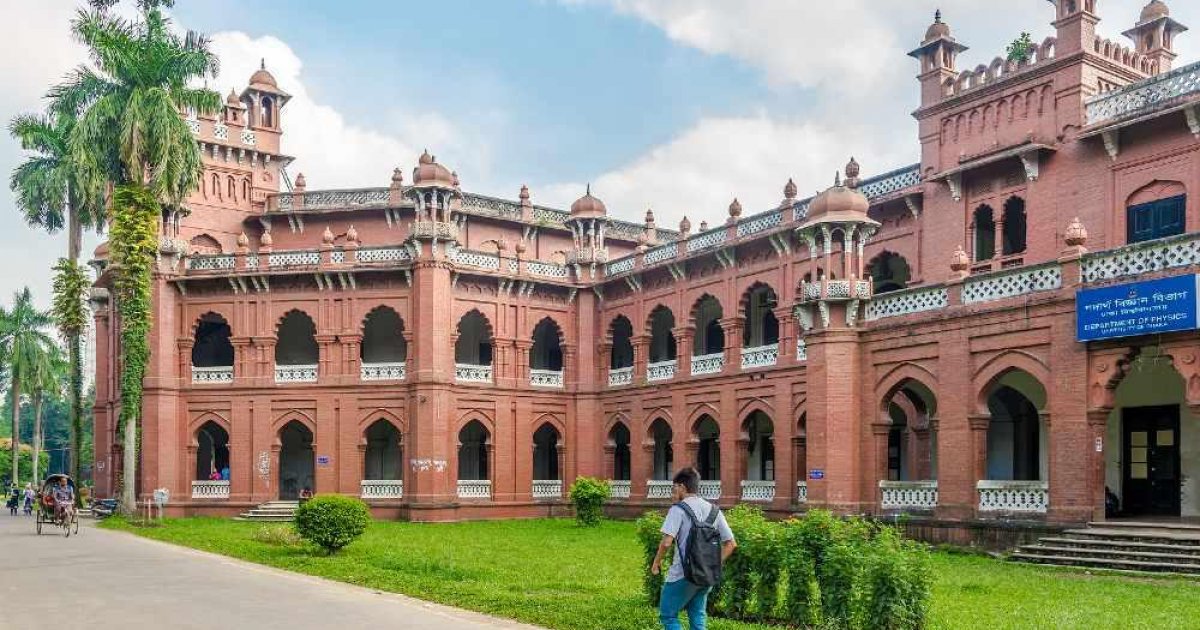
Dhaka University
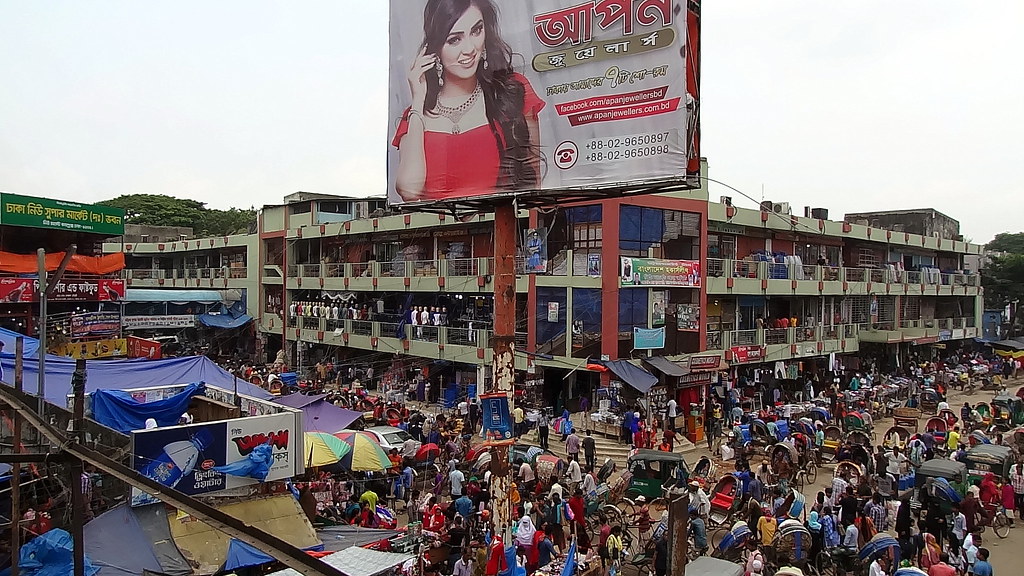
New Market
The Bangladesh National Museum is also nearby, where visitors can learn about the country’s rich history and culture.
Bangladesh National Museum
Ramna Park, a large and scenic park, is perfect for a relaxing stroll. These attractions make a visit to Baitul Mukarram part of a broader exploration of Dhaka’s heritage and culture.
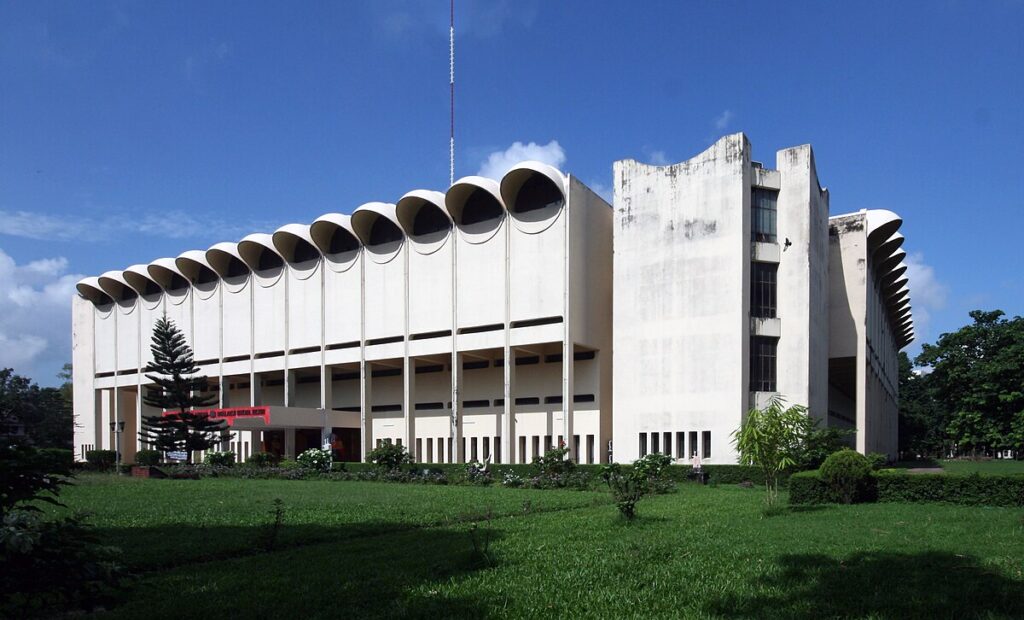
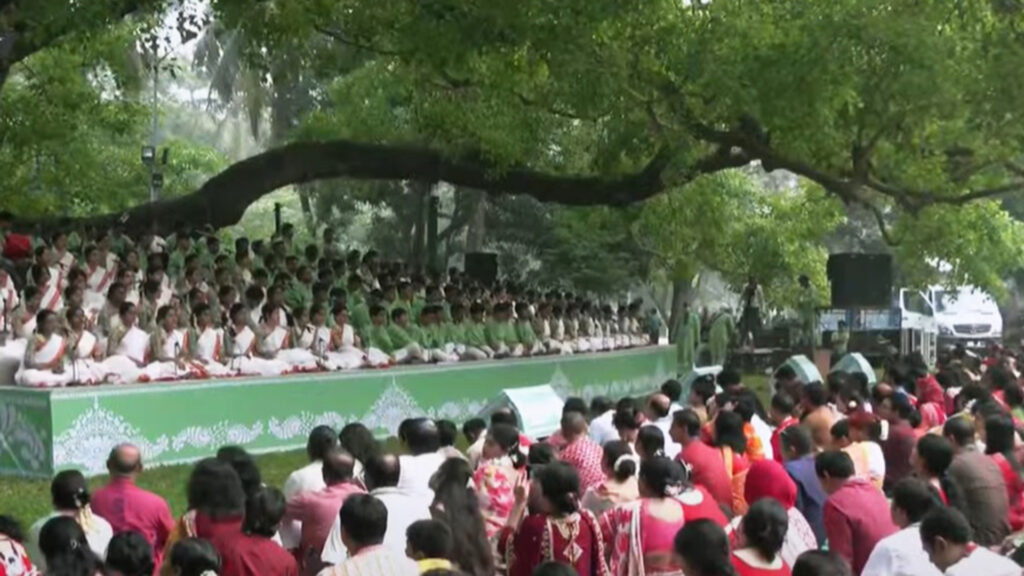
Ramna Park Dhaka
FAQs about Baitul Mukarram National Mosque
Q1: Can non-Muslims visit Baitul Mukarram National Mosque?
A: Yes, the mosque welcomes non-Muslim visitors. Please dress modestly and respect prayer times.
Q2: Are guided tours available at Baitul Mukarram National Mosque?
A: Guided tours are available to learn about its history and architecture. Check with the mosque or local visitor centers for tour schedules.
Q3: When are the best times to visit Baitul Mukarram for vibrant activities? A: The mosque is bustling during Eid celebrations, Friday prayers, and special Islamic nights like Laylat al-Qadr. Check local calendars for specific dates.
Q4: Are there specific guidelines for photography inside the mosque?
A: While photography is generally allowed, please ask for permission and respect any restricted areas.
Q5: What facilities are available for women at Baitul Mukarram National Mosque?
A: The mosque provides separate prayer areas and facilities for women. For specific details, please inquire at the mosque.
Conclusion
Baitul Mukarram National Mosque stands as a beacon of faith, culture, and community in Bangladesh.
Its magnificent architecture, rich history, and vibrant activities make it a must-visit destination for anyone exploring Dhaka’s cultural tapestry.
Whether attending prayers, learning about Islamic heritage, or enjoying the serene surroundings, a visit to Baitul Mukarram promises a meaningful experience deeply rooted in Bangladesh’s spiritual and cultural identity.
Know contact info of Baitul Mukarram Mosque: bdtalika.com
